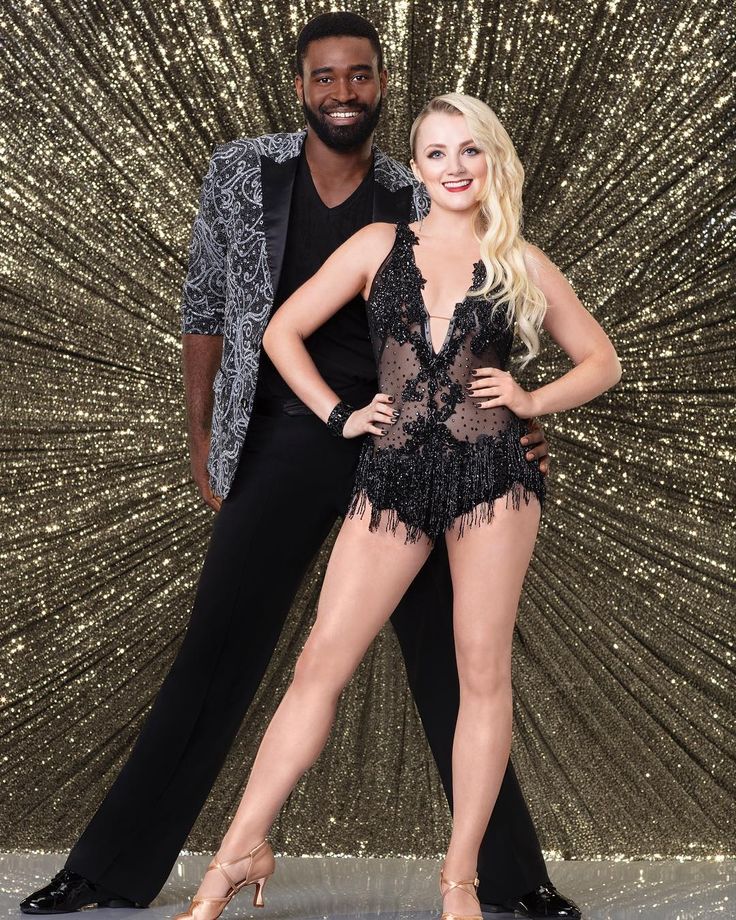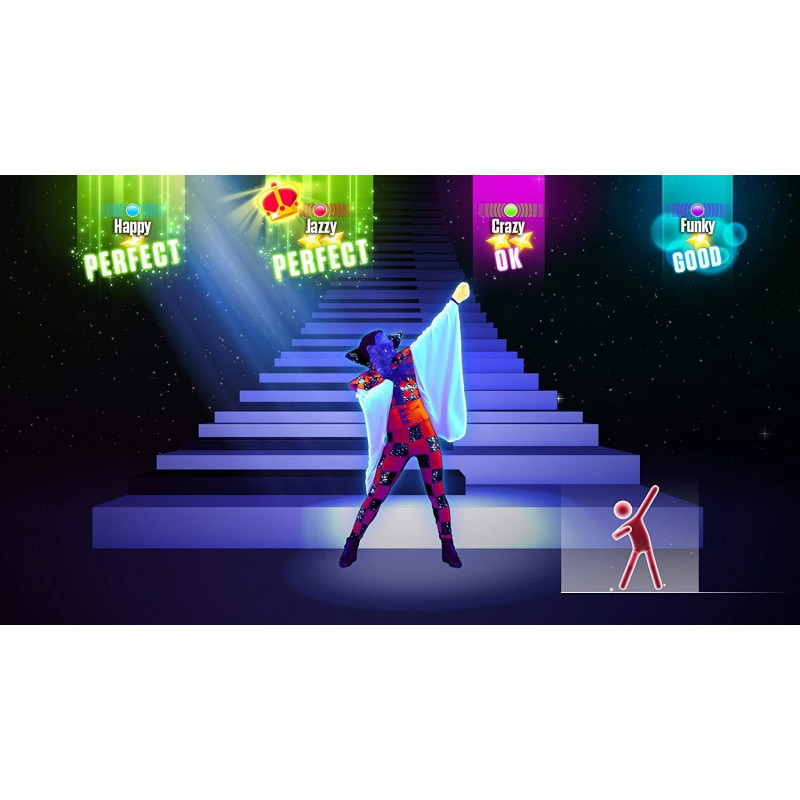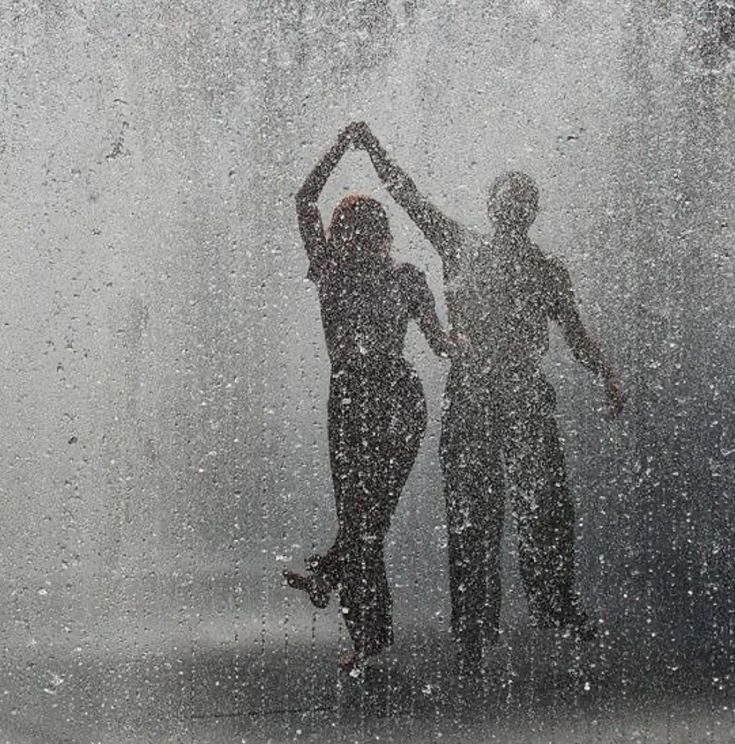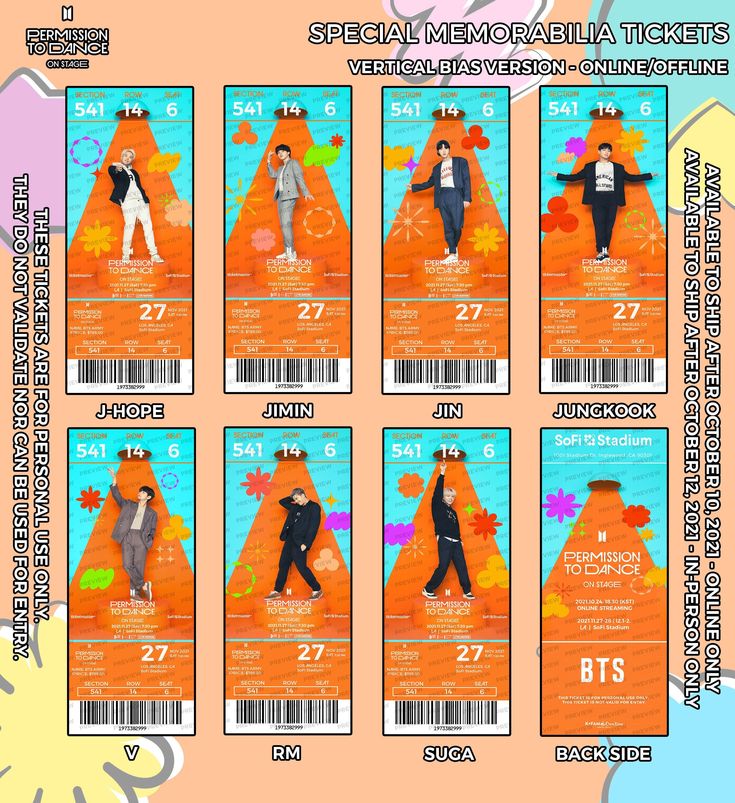How to do folk dance
New to folk dancing? Ten tips
Folk dances are traditional dances from countries all over the globe, sometimes modified by later choreographers so they can be enjoyed as a form of recreational dance in the modern world.
Folk dancing is a great way to get exercise, socialize, and move to music. No previous dance experience, partner, or costume are necessary. Many dances are danced in lines or circles; others are for couples, sets of couples, or individuals. In some dances, called mixers, the dancers change partners during the dance. Some of the dances (and their music) are so beautiful they will take your breath away; others are exciting, exotic, or even on occasion a little silly!
If you can walk, you can folk dance. Many folk dances are easily done, although some are quite vigorous or complex. If a particular dance seems to be too much, you can just join those sitting and watching. There’s no need to try to learn all the dances being taught. When more experienced dancers can’t remember a dance, they simply follow what a few others do.
Here at Folk Dance Brunswick, we teach dances during the first 60–90 minutes of our weekly dance sessions, on Friday evenings. There’s no need to commit to more than a single night of dancing at a time. Just show up in casual clothes and comfortable shoes. Your second visit is free. See our homepage to learn how to find us.
All ages are welcome. Many of our members are in their 40s, 50s, and 60s — often people who first learned folk dancing in college or graduate school and then took a long break for careers and to raise a family. Others are students right now, learning for the first time. And others are seniors. We have dancers of all skill levels, so whether you’re a beginner or experienced, you’ll fit right in.
Still not sure whether folk dancing is for you? Check out our Photo Gallery and Useful Links pages to see dancers in action and hear our music.
We hope to see you soon!
— Adapted with the kind permission of the author,
Janice Rayman, of the Pasadena Folk Dance Co-op
Ten Tips for Beginners
- You can’t learn to dance sitting down.
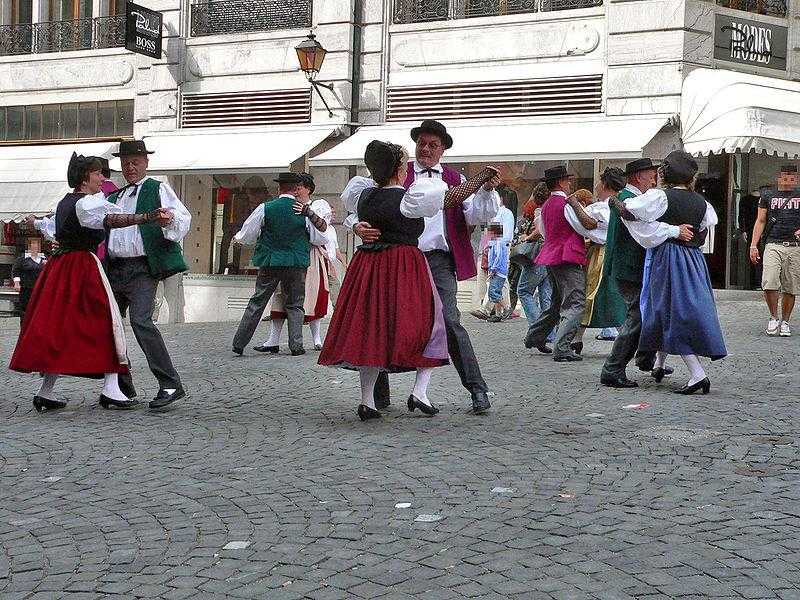 Stop watching from the sidelines, and get in there and dance!
Stop watching from the sidelines, and get in there and dance! - In the beginning, don’t worry about styling and grace. Nearly every dancer started out clumsy and three-footed. Concentrate on learning the steps first.
- Buy a pocket-sized notebook and keep a list of the dances you’re learning. Identify each dance in some fashion: “fast, lots of turns,” or “slow and waltzy.”
- Bring a portable recording device with you and record the music. Listen to the recording during the week. It doesn’t have to be high fidelity: The idea is just to become familiar with the tune.
- During request dancing, ask for dances you know and like or ones you want to learn.
- If you’re not familiar with a dance that’s being done, don’t get in the line unless you have a ‘guide’ (a friend who knows the dance well). Otherwise, stand behind the line of dancers and follow the steps.
- If the person next to you is not your guide, do not try to follow that person. Instead, watch a dancer four or five dancers down the line to your left or right.
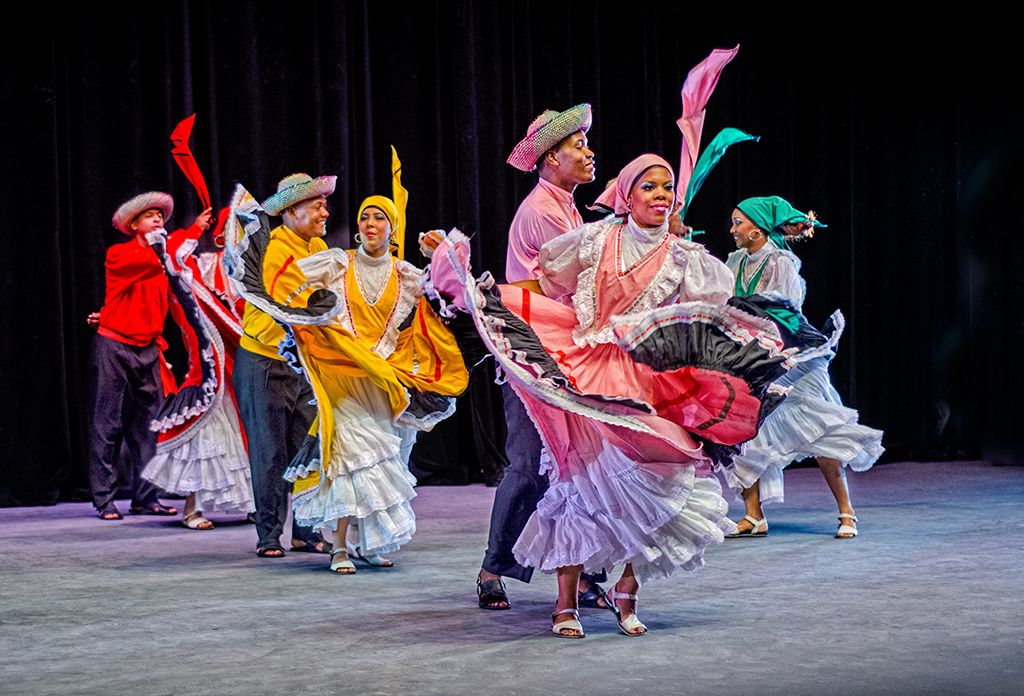 Don’t try to copy someone across the circle from you (you’ll wind up mirroring them — and doing everything backward!) until you’ve gotten more practiced at it.
Don’t try to copy someone across the circle from you (you’ll wind up mirroring them — and doing everything backward!) until you’ve gotten more practiced at it. - Use your head while you dance. As you learn a dance, try to identify the steps and say them to yourself (“grapevine… right Yemenite… turn left…”).
- In partner dances, it’s best to dance with someone who is more familiar with the dance than you are. Next best would be to dance with someone who is equally familiar. Don’t sit out just because you don’t have a partner. Stand off to one side and practice your part. (Sometimes a friendly dancer will notice you and offer to be your partner.)
- Relax. Smile. Contrary to what you might think, all eyes are not focused on you. But everyone on the floor is rooting for you, because they’ve all been where you are now. And be patient with yourself. Remember, Fred Astaire wasn’t all that great his first week either!
Welcome to the international family of folk dancers!
— Adapted with the kind permission
of the author, Loui Tucker
Like this:
Like Loading.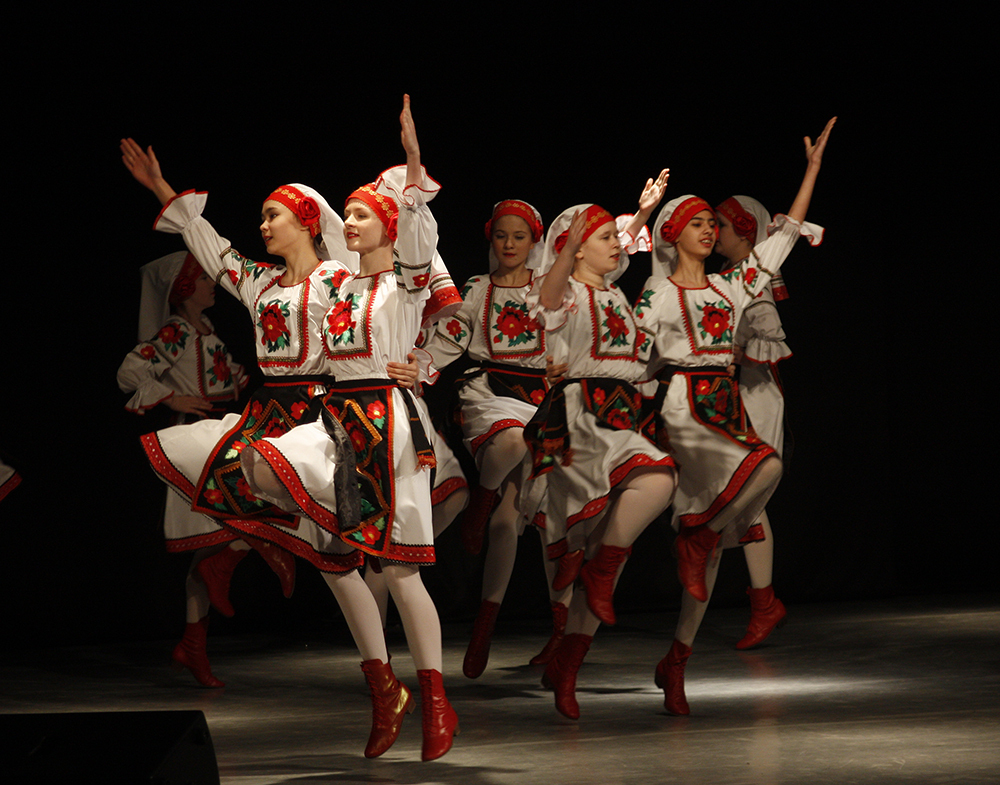 ..
..
4 Easy Folk Dances To Teach – Dynamic Music Room
Are you looking at getting into folk dancing but you’re overwhelmed with where to start with your students?
We’ve all been there, but you don’t have to start from square one every time. Learn from myself and others who do folk dancing regularly.
The best place to start is with easy folk dances to teach.
Easy folk dances for teaching include ones with few moves that line up with the phrasing of the song or music. Easy folk dances use moves that focus on partners that stay the same the whole time rather than changing throughout. 4 of my favorite easy folk dances are:
- Noble Duke Of York
- Los Machetes
- Old Brass Wagon
- Basic Appalachian Circle Dance
Read ahead for the moves to these folk dances as well as some of my favorite folk dance resources.
Get more amazing songs and activities with our eBook, 30 Favorite Songs, Dances, and Activities for Elementary Music.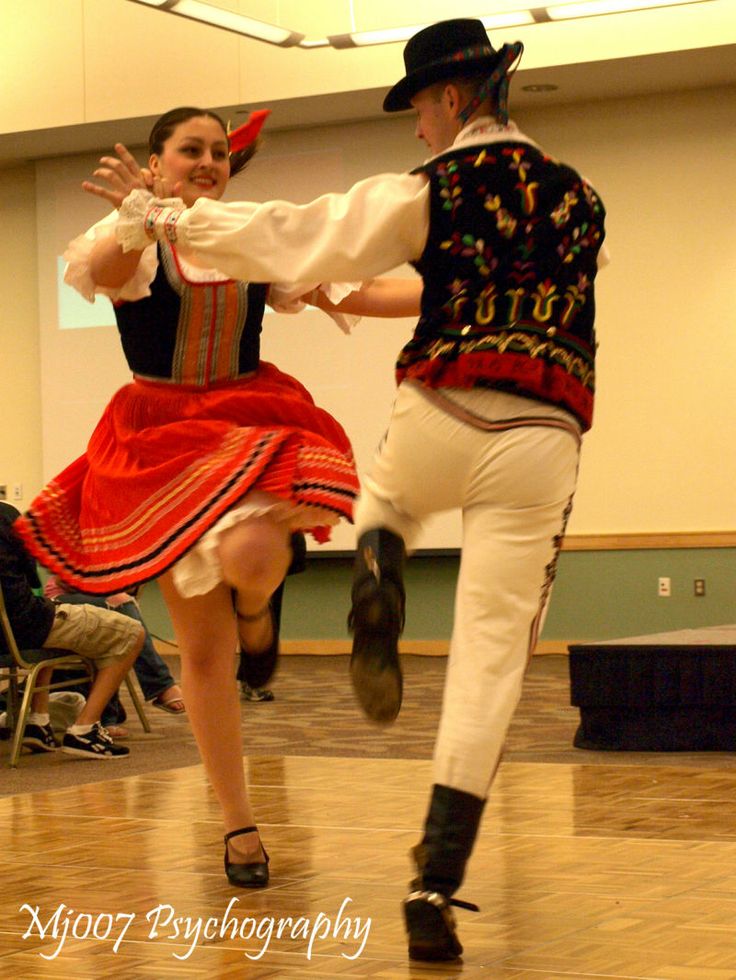
Table of Contents
What Makes A Folk Dance Easy To Teach?
You’re going to want to go beyond my list of easy folk dances, but how do you decide which folk dances are good for beginners?
This section helps with that. Here, we’ll go through the elements of a folk dance that make it easier to teach.
You may also want to check out these best freeze dance songs and how to play guide.
Folk Dance Set
A folk dance set is the shape and format you get set up in for the dance. There are many types out there, but if you’re looking for an easier one to start with, pick one of these sets:
- Single circle set
- Longways set*
- Scatter set**
*Longways, also known as longwise, is basically two long lines where you face your partner across from you.
**Scatter set is when you stand facing your partner anywhere in the room.
Number Of Moves
The number of moves will obviously have a big impact on the difficulty of the folk dance. This isn’t always the case if the moves are long and complicated.
This isn’t always the case if the moves are long and complicated.
I would stick with less than 4 moves if the kids are young beginners and less than 6 moves if they’re a little older.
Students with more experience folk dancing can do a lot more regardless of their age level, but these guidelines should serve you well in the beginning.
Note: In the directions below, I’ve broken some moves down into smaller pieces, so it feels like there’s more. Example: In and out for 8 = in for 4, out for 4.
Simple Moves
3 simple moves will be easier to teach than 1 complicated one. Stick with simple moves, and you should be able to get through them with few problems.
Here are some simple moves with brief descriptions:
Circle Right (Left) – Students in circle formation move either right or left. If students aren’t holding hands, they face the direction they travel.
When they hold hands, they face the middle and step sideways.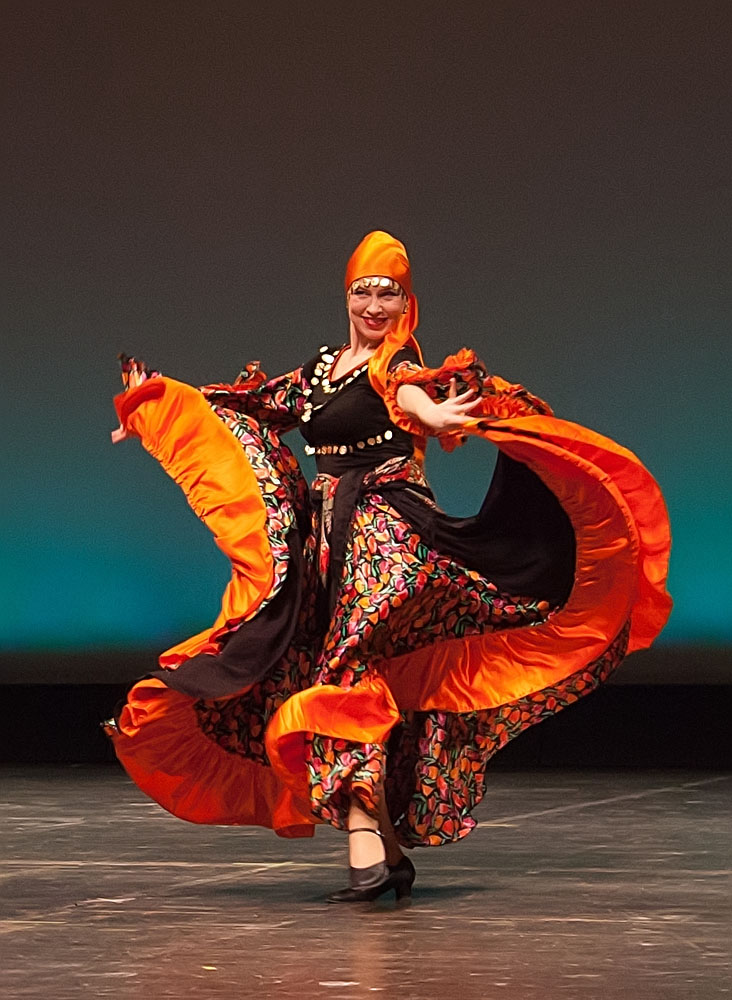
Move In (and Out) – Holding hands or not, students take small steps to the middle and then small steps out. Most folk dances will put a small twist on this move, so watch for details in the directions.
Right hand ‘round (also left and two/both) – Partners high five their right hands and stick those hands together. Then, they move around in a small circle with their hand(s) while their hand(s) are still together.
Do si do – The do si do is one of the most understood moves in folk dancing. Most people think it’s where you link elbows and skip around in a circle.
A do si do is where you circle around your partner without turning around. Some traditions have you cross your arms while you do so while others prefer you to keep your hands at your side.
Moves Focus On Single Partner
Some of the most fun folk dances have you switching partners throughout. But this isn’t what you want to with easy folk dances.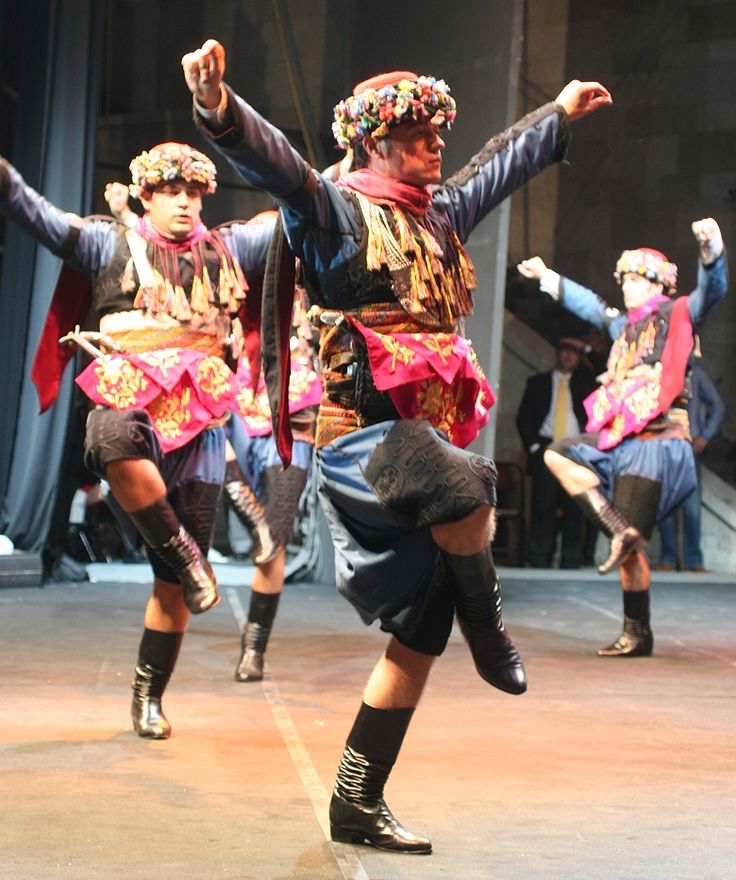
Stick with folk dances that don’t use partners at all, or you can use one partner easily. More than that gets a little tricky.
4 Easy Folk Dances To Teach
In this section, I’ll go over my 4 favorite folk dances for use with beginners. These games provide a good introduction to the ideas of folk dancing and meet the requirements from above.
Noble Duke Of York
Grade Level: Kindergarten – Second Grade
Dance Set: Circle or longways (two lines)
Source: Traditional and adapted by me; notation found here.
Directions:
Circle Set: Easy
- Students move in for 3 and clap on 4.
- Students move out for 3 and clap on 4.
- Students spin one time for 7 beats and clap on 8.
- Repeat steps 1-3.
- All turn to the right and skip around the room following the teacher or other leader for 32 beats. (Make sure to return to the circle by the end)
Longways: Easy-Medium
- Students move in for 3 and clap partner’s hands on 4.
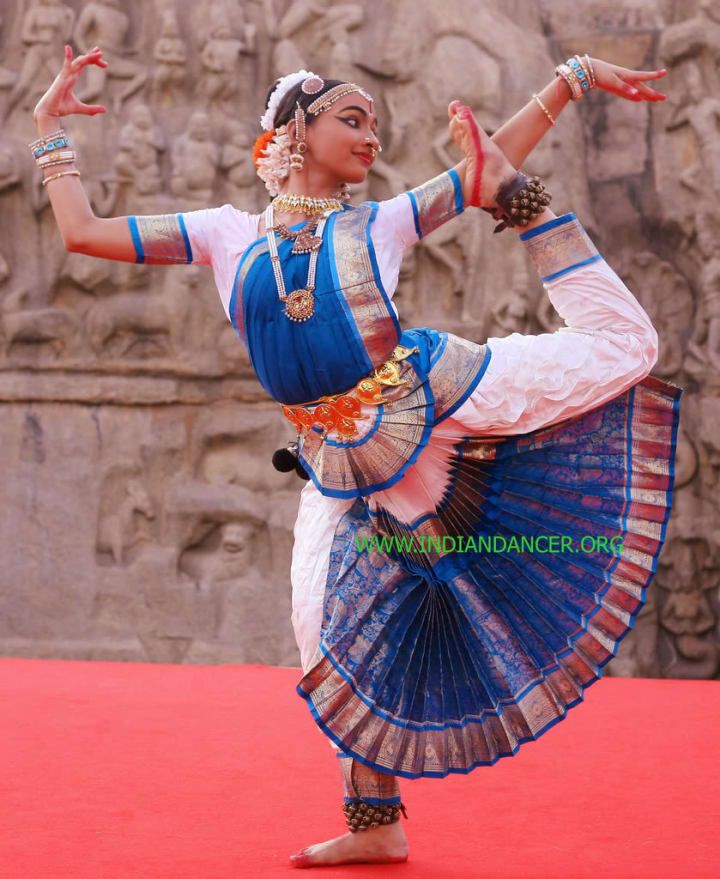
- Students move out for 3 and clap own hands on 4.
- Students right hand turn with partners one time for 7 and return to spots clapping on 8.
- Repeat steps 1-3.
- Head partners take hands and sashay down the aisle to the end for 8.
- Repeat step 5 three more times with the next head partners.
Other Notes: The claps line up perfectly with the rests during the opening section. I start with the circle set at the end of Kindergarten usually, and then begin First grade with the longways one.
Los Machetes
Grade Level: 3rd-5th grades
Dance Set: Circle Set
Source: Los Machetes is a Mexican folk dance I first learned from a workshop by one of my mentors, Joan Long. She got this from Sanna Longden’s More Folk Dance Music For Kids And Teachers.
Since then, Sanna Longden has released the directions for the games for free on her website. The music can be bought from her CD, found on YouTube or purchased from Apple Music.
The music can be bought from her CD, found on YouTube or purchased from Apple Music.
Directions:
- Circle right for 16 beats while clapping above your head
- Circle left for 16 beats while clapping above your head
- Face the middle, move in for 4 while clapping from the ground to the air
- Move out for 4 while clapping from the air to the ground
- Danger time moves: Clap, clap hands under right leg, clap, clap hands under left leg, clap, clap hands behind back, clap, clap
- Repeat step 5
- Step sideways right to the half note beat for 4 while circling right hand in the air
- Step sideways left to the half note beat for 4 while circling left hand in the air
- Repeat steps 7 and 8
Other Notes: The directions I chose to put in are an easier version of the moves you can use for groups new to folk dancing.
After you do this with clapping, you can include rhythm sticks for all moves instead.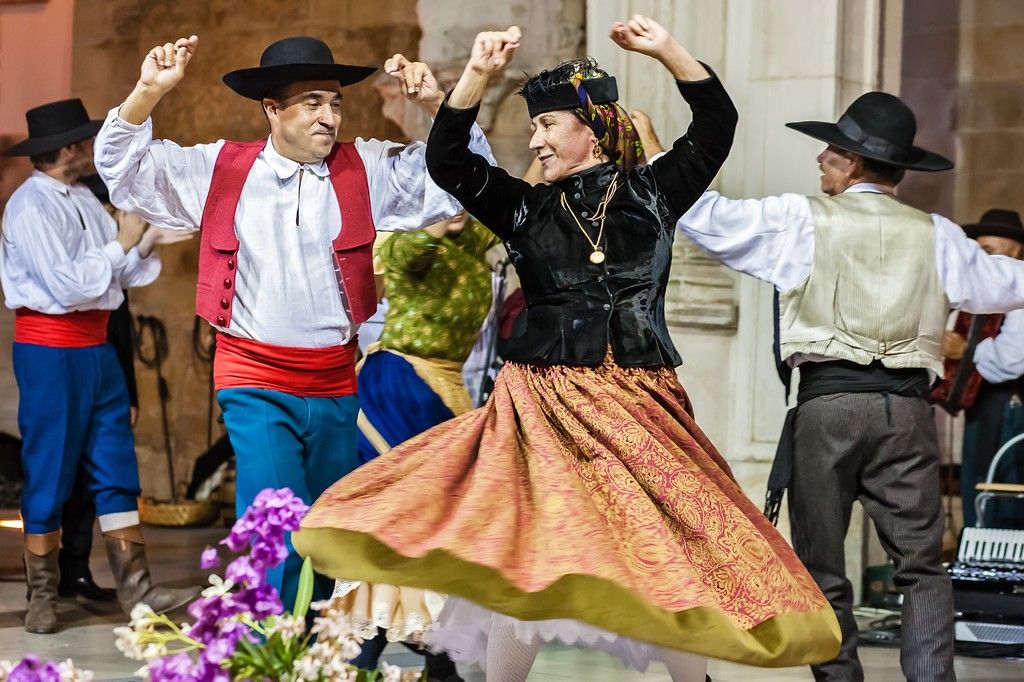
Old Brass Wagon
Grade Level: 2nd-4th grades
Dance Set: Circle Set with partners side by side
Source: Traditional; notation at Beth’s Notes
Directions:
The directions are easy to follow as you just sing what you’re doing. Students stop their move on “You’re the one my darlin’.”
- Circle left
- Circle right
- Right hand ‘round
- Left hand ‘round
- Two hands ‘round
- Do si do
Other Notes: This dance can really use any moves. I often use this dance as a way to introduce new moves gradually over time.
Another activity you could do with more advanced students would be to have them make up the moves for the game.
Basic Appalachian Circle Dance
Grade Level: K-1 grades
Dance Set: Circle Set
Source: Kennedy Center for directions; Black-eyed Daisy for music
Directions:
- Take hands and circle left for 8
- Circle right for 8
- Drop hands, clap and stomp feet to the beat for 8
- Take hands, move in 3 and holler (say “whoop!”) on 4
- Move out for 3 and holler on 4
- Repeat all steps
Other Notes: This is a very basic circle dance, but the moves are so simple younger grades will get it easily.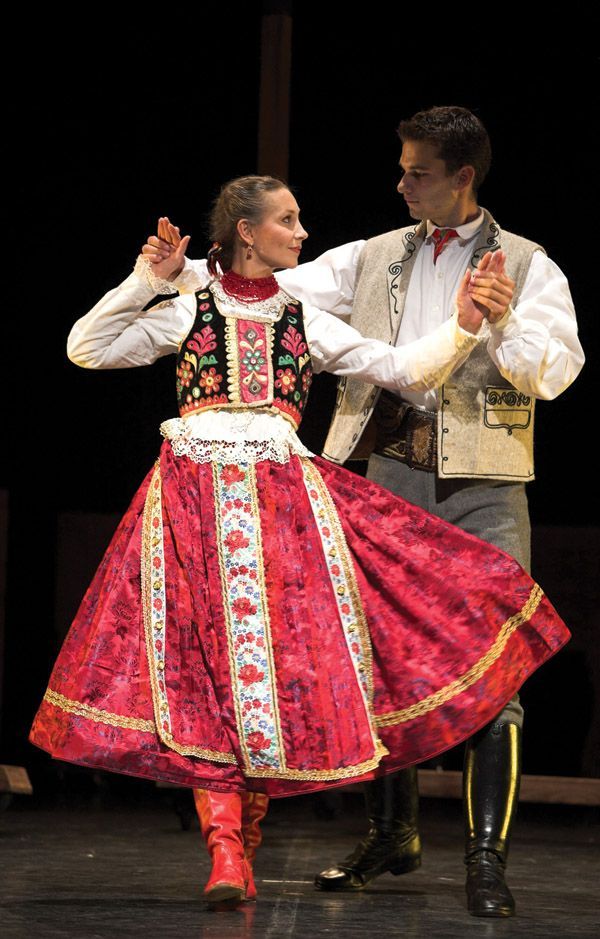
I like this folk dance for introducing the idea of organized movement to recorded music rather than the music we sing ourselves.
Favorite Folk Dance Resources
In this section, I’ll go into a few of my favorite folk dance resources for beginners. These books and resources often go beyond the beginner level, but if you keep the criteria for easy folk dances from above in mind, you’ll have no problem finding out which ones are easier to teach.
Affiliate links ahead. This means I may earn a small commission at no extra cost to you. However, I personally believe and use all of these resources, so don’t worry; I’m not trying to sell you on anything.
Chimes Of Dunkirk – This book (and anything by New England Dancing Masters) is filled with great folk dances and activities for all difficulties.
Teaching Movement And Dance – This book series by Phyllis Weikart is filled with all sorts of movement activities and folk dances. Even better, this book gives you a sequence for developing movement knowledge.
Cultures And Styling In Folk Dance – This book written together by Sanna Longden and Phyllis Weikart is packed with folk dance examples and analysis of movement trends by culture and dance type.
Conclusion
I hope you enjoyed learning about these 4 easy folk dances to teach. Folk dancing is a great way to engage learning about musical form and connect to cultures from around the world.
But it can be tough to get into unless you know where to start. Now, you have a place to start.
Have fun dancing!
Any questions? Drop a comment below.
National Dances of China--China.org.cn
| The majority of Uighurs live in the northwest of China, in the Xinjiang Uyghur Autonomous Region. The Uighurs are excellent singers and dancers, they created a huge variety of folk dances. SENEM DANCE This is an old folk dance, the most popular among the Uighurs. Uighurs love to have fun parties on holidays, weddings or friendly gatherings. Usually, all the villagers gather in the house of the host of the party, and during the feast they dance Senem. The dance is distinguished by freedom and lightness, movements are not limited, they dance as they like, as long as they fall into the rhythm of the music. The dance can be performed by one or a couple of dancers or by several people. Beautiful and smooth movements of the head, shoulders, arms, waist and legs, lightness and dexterity of the dancers make the dance extraordinarily interesting. Most of the dance steps are taken from life, such as removing the hat, rolling up the sleeves, crossing the arms, etc. The dance, which starts at a medium pace, turns to a fast one, at the very height of the fun people shout “Kai-na!” (which means approximately, come on, fry!) Loud shouts, fast musical rhythms warm up the mood and the fun reaches its climax. Since Xinjiang is spread over a vast territory, the Senem dance has acquired its own characteristics in different regions. For example, in Kashgar in the south of Xinjiang, the dance is more relaxed, the movements are quick and easy, the movements of the hands and pas are more graceful and varied. In the north of Xinjiang, represented by Ili, the dance absorbed elements of other peoples, in which the movements are more sweeping, fast, sometimes the dancer suddenly freezes for a moment and makes comic movements. In eastern Xinjiang, represented by the Hami region, the rhythm of the dance is slower, the movements in it are calmer, the hands are half-clasped, the hands make wave-like movements above the head. The dance music, based on folk melodies from different regions of Xinjiang, is very melodic and has a pronounced rhythm. DANCE DOLAN 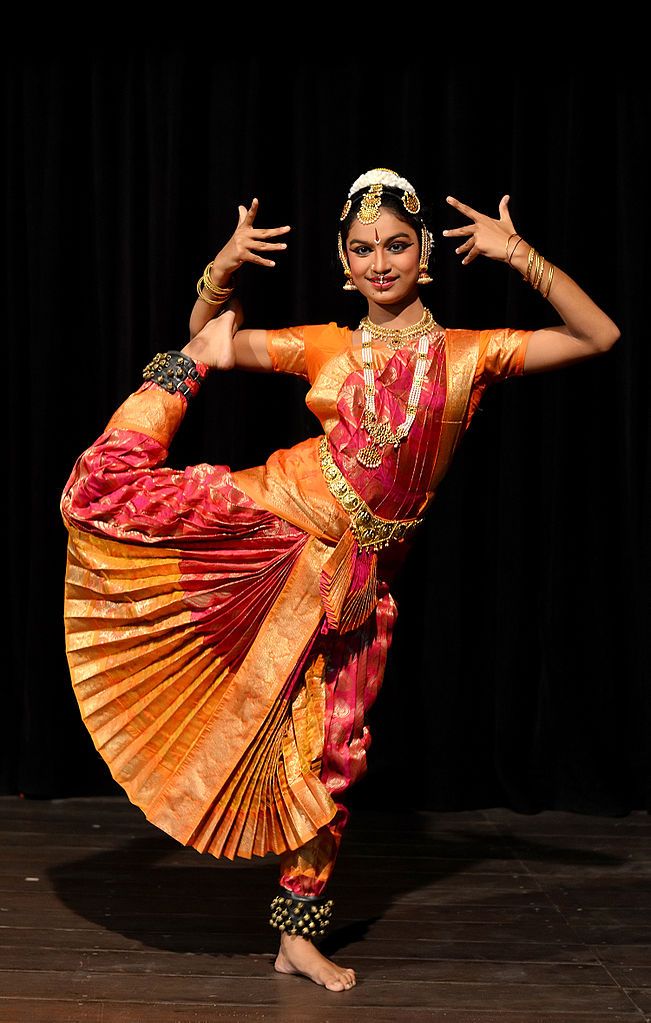 The dance depicts the process of the ancient Uyghurs hunting for a wild beast. The dance includes the following stages: a call to hunt, searching for animals with torches, fighting a wild animal, chasing an animal, rounding up and the joy of a successful hunt. The dance depicts the process of the ancient Uyghurs hunting for a wild beast. The dance includes the following stages: a call to hunt, searching for animals with torches, fighting a wild animal, chasing an animal, rounding up and the joy of a successful hunt. In the evening after the hunt, people sit in a circle to celebrate. The music enters, the singers begin the song, then the hand drums beat out the rhythm. Everyone stands up and breaks into pairs, usually male and female. The drums speed up the pace, the dance also turns from smooth to swift, the partners begin to spin, competing in speed, finally one person remains in the center of the circle, he rapidly spins in one direction or the other until he stops under exclamations and applause. The music that accompanies the dance is called “dolan mukam”, it is distinguished by a strict concept and the traditional color of the steppe people. Currently, nine melodies have been preserved, each with a separate name. SADIANE DANCE This collective dance is performed on holidays or celebrations and is common throughout Xinjiang, especially in the south of this region. Sadyane - a relaxed, cheerful dance, the number of participants is not limited, there is no single form of dance, everyone dances to the best of their abilities and imagination. The dancers make light jumps, alternately raising their legs and rotating their hands over their heads. Dance music also has no rigid limits, the length of verses and rehashes often vary depending on the situation. The number of musical instruments also varies, and the composition of the orchestra is also interesting: these can be son pipes of different lengths, iron drums or hand drums of different sizes, or string instruments accompanied by hand drums. NAZYRKUM DANCE Originating in Turpan, this dance is very popular in Shanshan, Toksun, Hami and is performed at weddings, festivals or parties. Nazyrkum is a male dance performed by two partners. Dance movements are characterized by freedom, energy, optimism and humor. SAUCER DANCE This dance is one of the oldest folk dances of the Uighurs. This is a female dance, very lyrical and plastic. The performer holds a bowl on her head, and in both hands a saucer and a stick. Following the rhythm of the music, the dancer dances, hitting the saucers with her sticks. Some dancers perform circus tricks, such as pouring tea into a bowl on their heads, or holding a spoon in their mouth while hitting the bowl on their heads with the handle. The dance is usually accompanied by a lyrical folk song, exuberant and beautiful. SABAY DANCE Sabai is a percussion instrument of the Uighurs, which is a wooden stick half a meter long, on one iron end of which two rings are embedded. During the performance, the musician, holding a stick in his right hand, strikes the iron end on his right shoulder and shakes it, while the iron rings make a melodic sound. Dance with this instrument is called Sabai. It is performed by men and is quite popular in the south of Xinjiang, and in the Kashgar region. Uighurs perform this dance at merry gatherings in honor of the holiday. In the midst of the fun, the dancer comes to the middle, begins to dance, shaking the sabai rings and beating the rhythm to the enthusiastic screams of the audience. The Sabai dance has a very clear and fast rhythm. DANCE WITH STONES "Stones" is also one of the Uighur folk percussion instruments. The dancers hold two stone plates in their hands and hit them against each other, making a ringing sound. (China.org.cn Internet Information Center) 12/14/2005 |
Mikhail Murashko: dance is the soul of the people | Planet of Talents
Russia is a unique country, representatives of different peoples and nationalities have been living here side by side for centuries. Such a richness and diversity of folk traditions, perhaps, no other state has. And it is the knowledge of each other's cultural heritage that contributes to the rapprochement of the peoples living in our country. And probably, the best and most beautiful way of knowing the soul of the people, the best sides of his character and his identity is folk dance.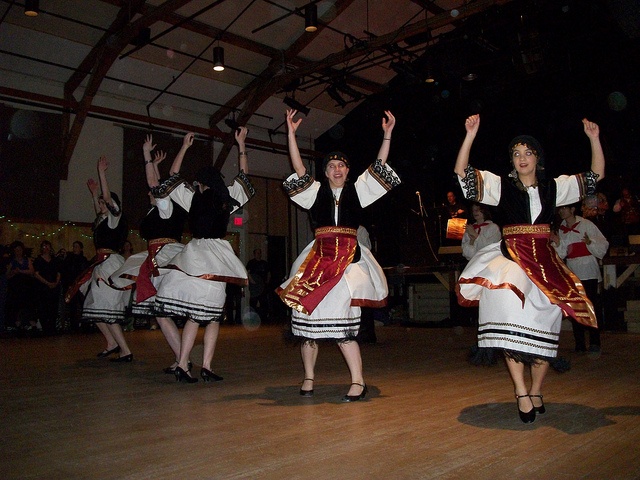
Mikhail Murashko: dance is the soul of the people
Boss Magazine, No. 02 (2007)
Our correspondent is talking to a person who has devoted himself to folk dances - a famous choreographer and teacher, professor of the folk dance department of the Moscow State University of Culture and Arts (MGUKI), academician, Honored Art Worker of Russia and the Republic of Mari El, laureate of State Prizes Mikhail Murashko.
- Mikhail Petrovich, you staged national dances of many peoples. Which dance do you prefer?
- There is a wonderful phrase: "To put on a dance of some people, you need to fall in love with this people, or better, fall in love with them." I worked in the Republic of Mari El for more than 20 years, I was the artistic director and chief choreographer of the Mari El State Dance Ensemble. So the Mari dance and the Mari people have become especially close and dear to me. Being the artistic director and chief choreographer of the State Dance Ensemble of Belarus, I composed and staged a program of Belarusian dances, so the Belarusian people are also not indifferent to me. But at the same time, as a Russian person, I always wanted to work in a Russian ensemble and always loved to compose Russian dances. I managed to realize this dream in the Russian National Dance Theater I created.
But at the same time, as a Russian person, I always wanted to work in a Russian ensemble and always loved to compose Russian dances. I managed to realize this dream in the Russian National Dance Theater I created.
- In your interviews, you have repeatedly said that the situation with Russian folk dance in Russia is not entirely favorable now. But doesn't this happen with all the folk dances of our multinational country in our time?
- Not. Here much depends on the regional leadership. For example, the State Academic Folk Dance Ensemble of Bashkiria is in a very good position. The republican authorities take care of him, he is supported by the first person of Bashkiria Murtaza Rakhimov, the ensemble often accompanies the president of the republic on his trips around Russia and the world. Such a sensitive attitude to folk art is also found in some other regions of Russia. For example, in Tatarstan, a number of Caucasian republics, in the Kuban.
However, unfortunately, most of the ensembles of folk art are now vegetating, they are forgotten by the authorities.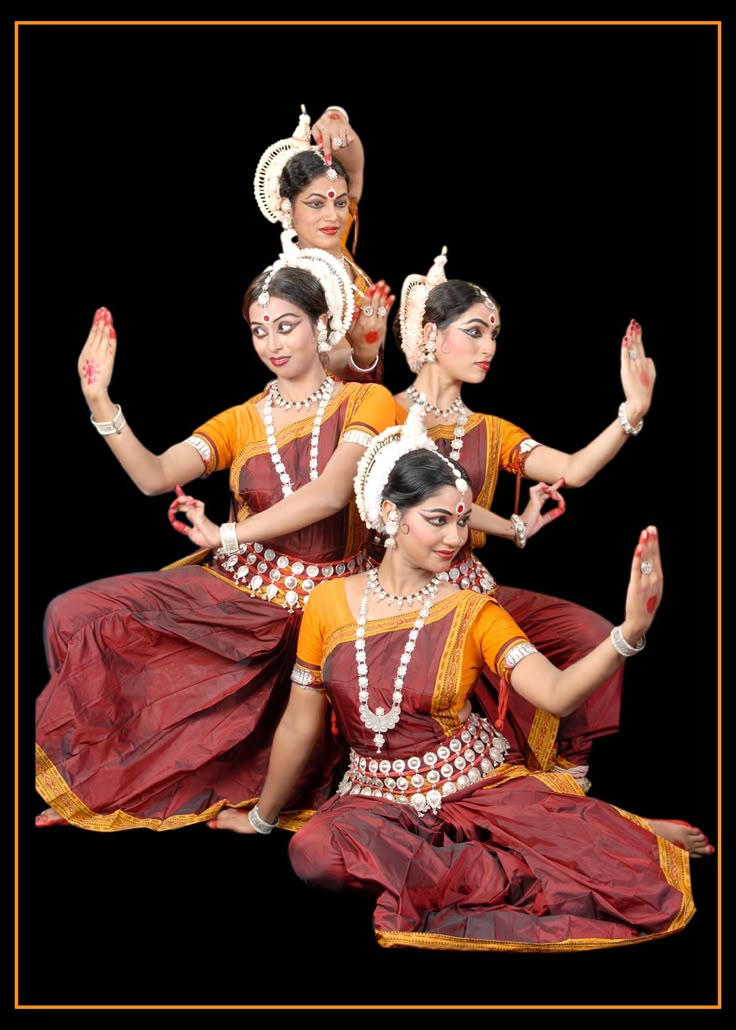 It is especially difficult for Russian folk dance groups and Russian folk choirs. They are actually left to their own devices. They have big problems with financing, material base, training of personnel and advanced training of specialists. Probably, this is due to the mentality of our people, with the attitude of us, Russian people, towards our own people.
It is especially difficult for Russian folk dance groups and Russian folk choirs. They are actually left to their own devices. They have big problems with financing, material base, training of personnel and advanced training of specialists. Probably, this is due to the mentality of our people, with the attitude of us, Russian people, towards our own people.
— At the end of December last year, the topic of state support for national culture was raised at a meeting of the State Council. Do you think things will change after that?
- Hope. I, like all specialists who have chosen the service of national art as their life's work, was very pleased with Vladimir Putin's speech at this meeting. The President correctly noted that for our multinational country, the diversity of folk art is not just an invaluable heritage, but also a national advantage. He also stated that the current efforts of the authorities to preserve and develop the ethno-cultural sphere do not correspond to the degree of its significance for society and the state.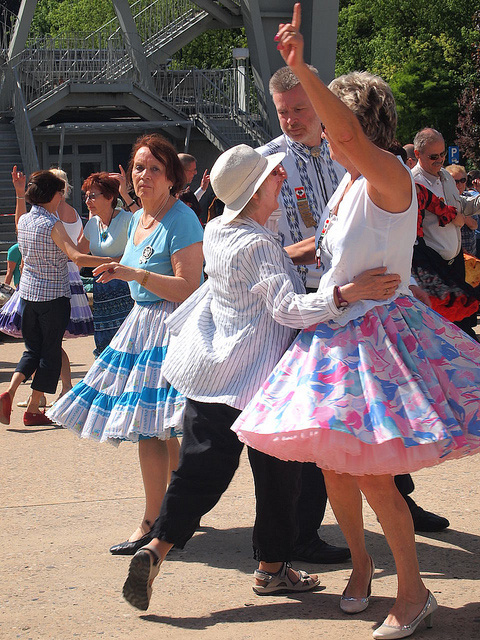 I was also encouraged by the actions of the head of state in relation to the Beryozka choreographic ensemble that followed the words.
I was also encouraged by the actions of the head of state in relation to the Beryozka choreographic ensemble that followed the words.
For the last 15 years, this legendary band has been in a very difficult situation, it was even deprived of a rehearsal base. Today, the status of the ensemble has been raised, it has become the presidential ensemble and received a mansion for its use - the building of the Museum of Folk Applied Art in Moscow. The President very correctly advised the governors not to spare money for culture. Now the main thing is that this advice is heard.
- You travel a lot around the world. How are national dances developing abroad?
- Now in many countries there is an active development of folk dance. This is observed virtually throughout Latin America, in Asian and African states. In Europe: in Belgium, Germany, the Netherlands, Austria, Switzerland, and especially in Spain, France and Italy, many folk dance ensembles have appeared over the past 10-15 years.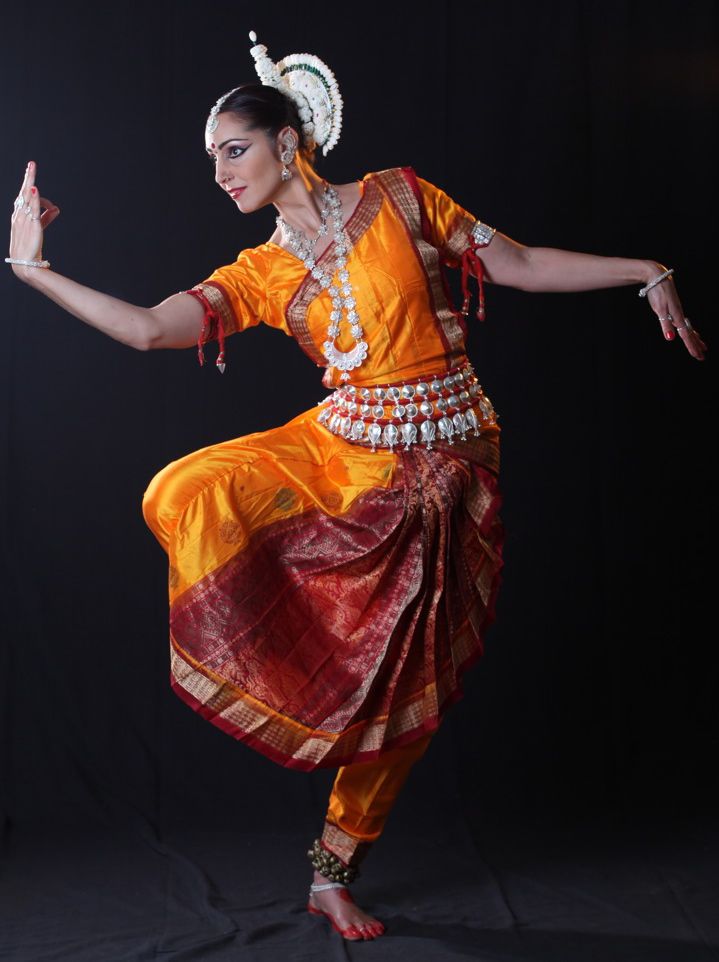 These are amateur groups, but their performance level is quite high. You see, even the countries of Europe, striving for unification, are concerned about preserving their culture, their national identity. By the way, foreigners adopted the principles of the Soviet school when creating folk dance groups and organizing their work. Also, our methods of teaching folk dance are actively used there.
These are amateur groups, but their performance level is quite high. You see, even the countries of Europe, striving for unification, are concerned about preserving their culture, their national identity. By the way, foreigners adopted the principles of the Soviet school when creating folk dance groups and organizing their work. Also, our methods of teaching folk dance are actively used there.
- In other countries, the state provides support for folk art?
Yes, and very serious. For example, in Amsterdam there is the only professional international dance theater in Europe. I am familiar with his situation, because recently I was invited to stage dances there. So, this theater is helped, and, by the way, very significantly, not only by the state, but also by sponsors.
- But nevertheless, despite significant difficulties, folk dances in Russia are now actively developing.
Russia is a country of paradoxes. Indeed, today amateur folk choreography is on the rise.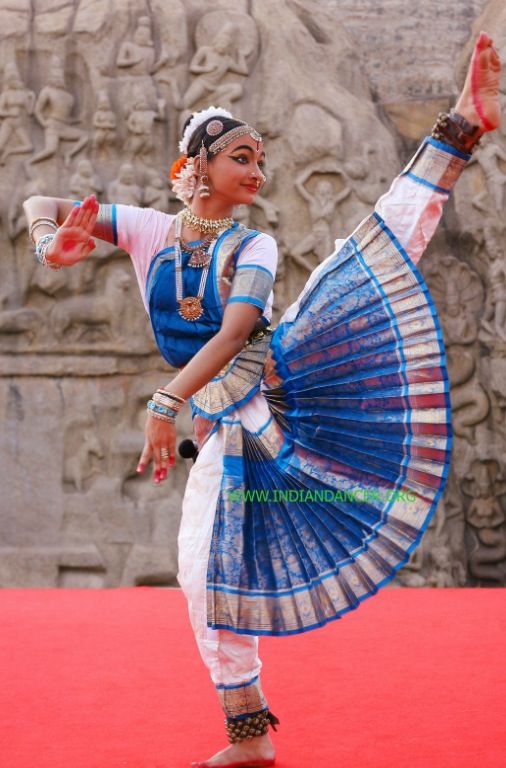 Once this movement was centralized, controlled by the state, but now it is spontaneous and comes from the people themselves. This primarily concerns children's creativity. At present, it is developing more actively than even during the years of the existence of the Soviet Union. The fact is that the country's cultural institutions have trained many excellent choreographers. But there are few professional folk dance groups now, and for the most part such ensembles are in a terrible depression. Young people don't go there very much. They create studios, schools, ensembles, theaters and thus strive to realize their own creative aspirations.
Once this movement was centralized, controlled by the state, but now it is spontaneous and comes from the people themselves. This primarily concerns children's creativity. At present, it is developing more actively than even during the years of the existence of the Soviet Union. The fact is that the country's cultural institutions have trained many excellent choreographers. But there are few professional folk dance groups now, and for the most part such ensembles are in a terrible depression. Young people don't go there very much. They create studios, schools, ensembles, theaters and thus strive to realize their own creative aspirations.
In addition, in recent years, a lot of people with an entrepreneurial streak and organizational talent have appeared in our midst. These people organize festivals and competitions of folk art. Today they are very actively carried out both in the capital and in the regions. Of course, you won't earn much money here, but many organize festivals primarily out of professional interest.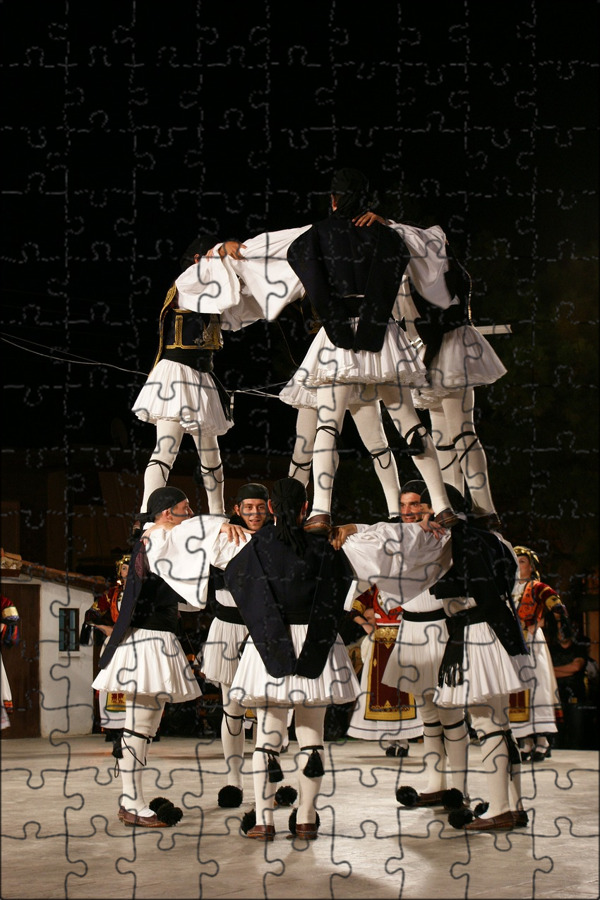 And this is good. Such events are necessary for young artists. The dance group cannot live without touring, without performing in front of the public. Festivals are a great opportunity to show off and get professional recognition for your accomplishments, as well as to find out what colleagues are doing and learn from them.
And this is good. Such events are necessary for young artists. The dance group cannot live without touring, without performing in front of the public. Festivals are a great opportunity to show off and get professional recognition for your accomplishments, as well as to find out what colleagues are doing and learn from them.
- You are often a member of the jury of such festivals, travel a lot around the country. How does the Russian public accept folk dances?
- Very well. Both in large cities and in the outback, many spectators gather at the performances of folk dance groups. Our people love folk dances.
By the way, the performances of these Russian bands are always a success abroad as well. Do you know how our diplomats used to say in the Soviet years? “During the negotiations, we struggle for days on one issue, trying to reach an agreement - and no result. And then we arrange a concert "Birches" - and the next day all problems are easily solved. This is the magic of national dance. He, like nothing else, is able to convey the beauty of the people, its originality, its spirit. No wonder they say that dance is the soul of the people. As a rule, after a good performance by a professional folk dance ensemble, the audience has a special mood, more optimistic, joyful.
This is the magic of national dance. He, like nothing else, is able to convey the beauty of the people, its originality, its spirit. No wonder they say that dance is the soul of the people. As a rule, after a good performance by a professional folk dance ensemble, the audience has a special mood, more optimistic, joyful.
We sometimes do not know what kind of treasure it is - a folk dance. One of the programs of the Mari El State Dance Ensemble was called "Dances of the Mari Region". In it, the Mari people seemed huge in number and very rich in folklore. The program stunned not only the general public, but also professionals. People were surprised to learn that there are only about 700 thousand Mari people! But these are different ethnic groups: meadow (Svenigov, Volga, Torial, Morkin, Medvedev, Kirov), mountain and eastern (Bashkir, Tatar, Udmurt, Perm, etc.) Mari. And each group has a special choreographic art.
I did about the same when I worked as the head of the Russian National Dance Theater of the Moscow State University of Culture and Arts, where I have been teaching since 1991.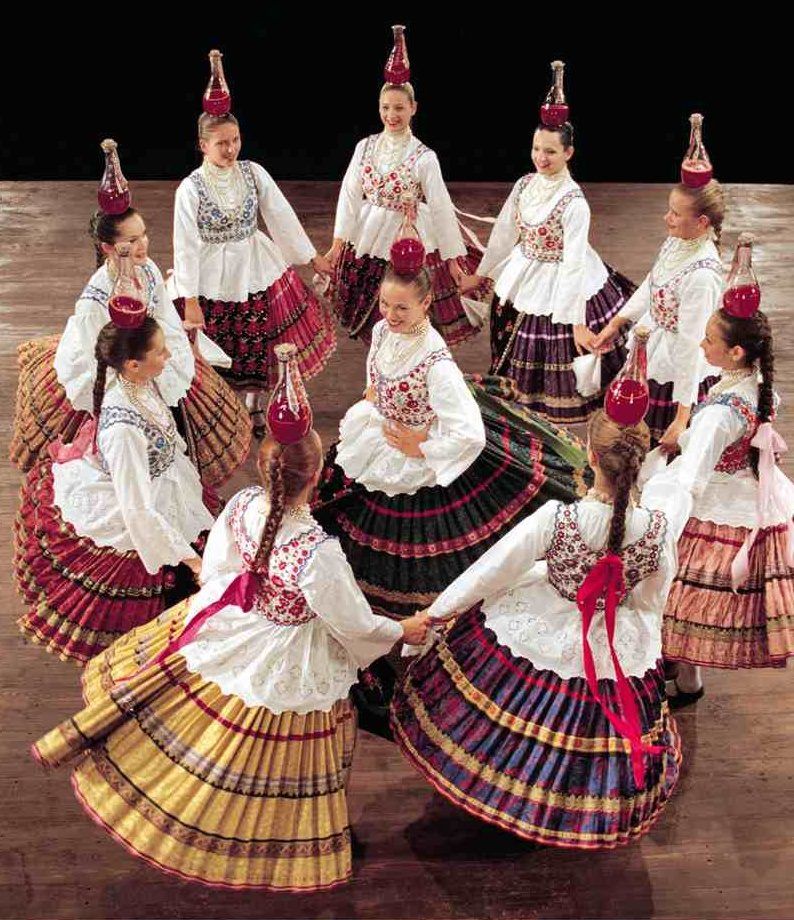 Our program included dances of different peoples of Russia, but the main direction in the work of the team was Russian dance. At that time, it was almost the only domestic dance group whose repertoire reflected the regional characteristics of Russian national dance and its rich local flavor. Our performances were well received both in Russia and abroad.
Our program included dances of different peoples of Russia, but the main direction in the work of the team was Russian dance. At that time, it was almost the only domestic dance group whose repertoire reflected the regional characteristics of Russian national dance and its rich local flavor. Our performances were well received both in Russia and abroad.
— The Russian National Dance Theater you created existed at MGUKI, a university that plays an important role in training folk dance professionals. Did the presence of such a team at the university help students?
- Of course. After all, an artist does not become an artist in a ballet class, he turns into a professional only on stage, only in contact with the audience. Today, applicants who, at best, graduated from the choreographic department of a school of culture, and at worst, just a high school, come to full-time departments of cultural universities. They are 17-20 years old. The guys have been studying for five years, and we, teachers, teach them not out of fear, but out of conscience.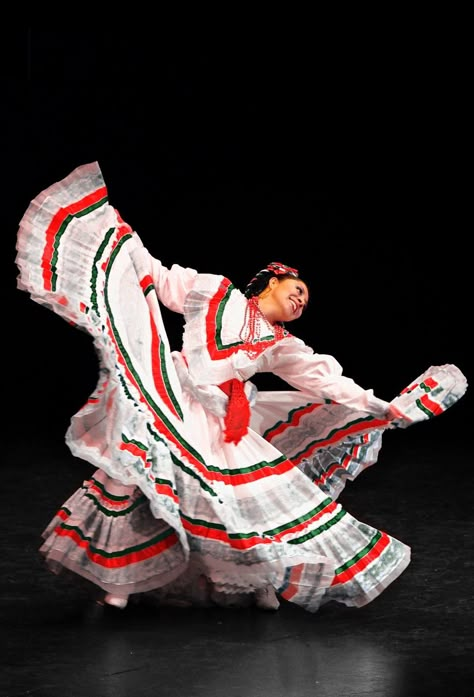 But if students have not professionally danced for five years of their studies, then even a diploma of a ballet master or a teacher will not help them in their subsequent work, because they are not familiar with the practice, with the principles of the existence of a dance group. And the people who went through the school of the Russian National Dance Theater with me learned not only in theory, but also in practice the principles of staging and rehearsal work, the principles of relationships in a team, working with an orchestra, etc. The principle: a university is a theater, a laboratory, this is the key to success choreographer training. Today, former students and artists of the Russian National Dance Theater are highly qualified specialists who work both in the best Russian ensembles and abroad.
But if students have not professionally danced for five years of their studies, then even a diploma of a ballet master or a teacher will not help them in their subsequent work, because they are not familiar with the practice, with the principles of the existence of a dance group. And the people who went through the school of the Russian National Dance Theater with me learned not only in theory, but also in practice the principles of staging and rehearsal work, the principles of relationships in a team, working with an orchestra, etc. The principle: a university is a theater, a laboratory, this is the key to success choreographer training. Today, former students and artists of the Russian National Dance Theater are highly qualified specialists who work both in the best Russian ensembles and abroad.
Our team was of a fairly high level. We performed in the same concerts with the Moiseev Ensemble, "Birch" and other famous domestic dance groups. They toured a lot in Europe and everywhere were highly appreciated by both the common public and specialists.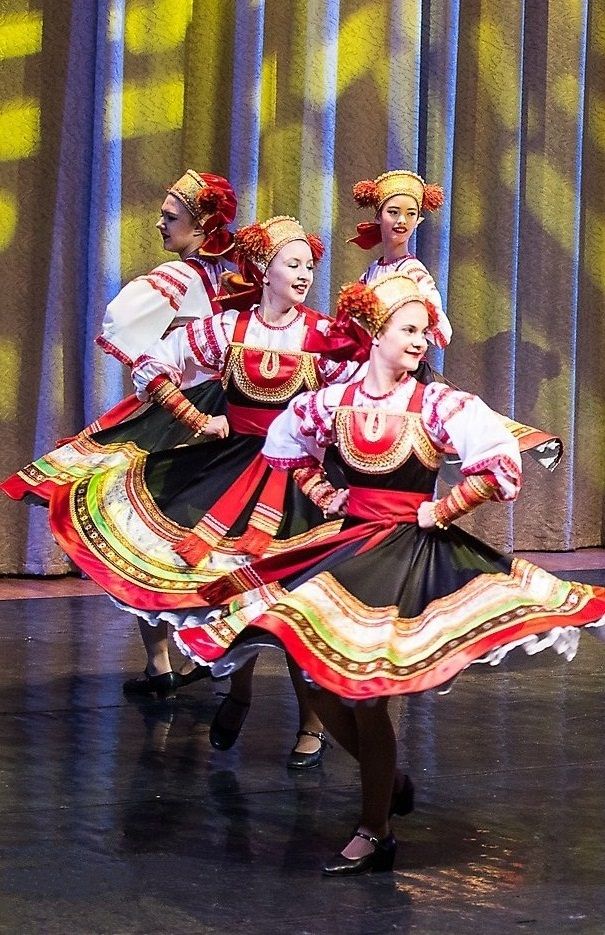
The theater has become a laureate of many international festivals, the owner of the prize "Folklore Oscar" (Italy). Louis Or, president of the Pyrenees festival, which takes place in France and Spain, in a letter to the then Minister of Culture of Russia M.E. Shvydkoi wrote: “We and our audience were fascinated by the level of choreography, productions and costumes. The overall impression is very strong, as a team of great talent and high stage skills in all respects. The ensemble has become a true Messenger of your people. We sincerely thank him for this. In conclusion, I would like to draw your attention to the highest knowledge of Russian folklore and the excellent organizational qualities of Mr. Mikhail Murashko, the artistic director of this ensemble. Without his participation, this artistic and cultural collaboration would not have been possible.”
The Russian National Dance Theater was the hallmark of not only MGUKI, but also Russia.
- And what led you to folk dance?
- It seems to me that I have been “sick” of them since childhood.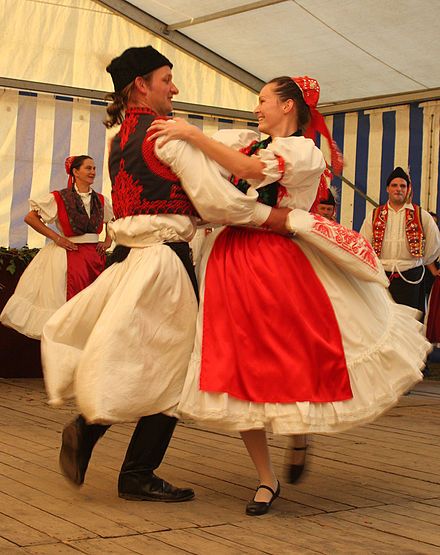 I was born and raised in the countryside. We had a well-developed amateur performance, which I did. Then he danced in one of the ensembles in Bryansk, where he studied the dances of the best choreographers of the Soviet Union in practice. While serving in the army, I continued to dance - for three years I was a dancer and choreographer of the border ensemble. And then he entered the newly created department of choreography of the Moscow State Institute of Culture. We, the students of the first enrollment of this university, were very lucky. The teachers tried to give us as much knowledge as possible, we studied all types of dance: classical, ballroom, modern, folklore, etc. We also managed to get acquainted with the whole variety of schools of folk stage dance. In the future, all this was very useful in my work.
I was born and raised in the countryside. We had a well-developed amateur performance, which I did. Then he danced in one of the ensembles in Bryansk, where he studied the dances of the best choreographers of the Soviet Union in practice. While serving in the army, I continued to dance - for three years I was a dancer and choreographer of the border ensemble. And then he entered the newly created department of choreography of the Moscow State Institute of Culture. We, the students of the first enrollment of this university, were very lucky. The teachers tried to give us as much knowledge as possible, we studied all types of dance: classical, ballroom, modern, folklore, etc. We also managed to get acquainted with the whole variety of schools of folk stage dance. In the future, all this was very useful in my work.
I have worked in different genres. I staged dances for Andrey Eshpay's musical “I am not happier” - this is the first performance at the Musical Theater of the Mari ASSR, where I acted as a choreographer.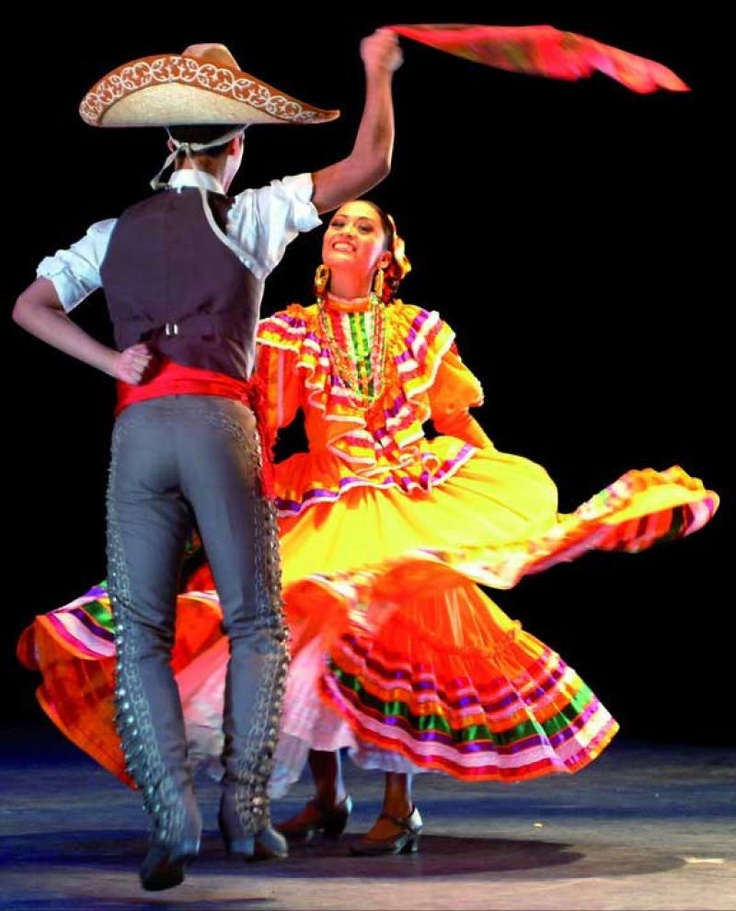 Then there was the production of dances in operas, operettas, dramatic performances. It was a very good school.
Then there was the production of dances in operas, operettas, dramatic performances. It was a very good school.
In the Republican Musical Theater I staged the ballet "Interrupted Holiday" to the music of the composer Anatoly Luppov. A fairly extensive repertoire was made in the repertoire of the Mari El State Dance Ensemble: a heroic poem to the music of the same Anatoly Luppov “Sons of Akpars”, a choreographic poem “Memory” to the music of Alexander Obukhov, many programs, performances and dances from folk life. All these works were accompanied by the involvement of professional composers and artists. Later, I implemented the same principle in the Russian National Dance Theatre.
I was lucky to work with many ensembles of the Soviet Union and Russia, both professional and amateur.
- In Mari El, you are often called the founder of the Mari stage dance school.
- I took over the leadership of the State Dance Ensemble of the Republic in 1969. By that time, the creative team had already existed for 30 years, but its artists performed only two Mari dances, the rest of the repertoire consisted of dances of other peoples. Moreover, the problem was not only with the repertoire, but also with the training of new personnel.
By that time, the creative team had already existed for 30 years, but its artists performed only two Mari dances, the rest of the repertoire consisted of dances of other peoples. Moreover, the problem was not only with the repertoire, but also with the training of new personnel.
I traveled through the villages, watched how they dance there, recorded. I had to study special literature, deal with materials from archaeological excavations, the history of the Mari people, costumes, music... I struggled a lot with the problem of training personnel for the Mari Republic. This is how I came up with the idea of organizing extramural training for teachers and choreographers. At first, this idea was implemented in GITIS - a Mari group, about 20 people from the Mari El ensemble, was accepted into its ballet master department.
Having become the head of the department, and then the dean of the choreographic faculty of the Moscow State University of Culture and Arts, I continued to organize the training of choreographers in the correspondence system.
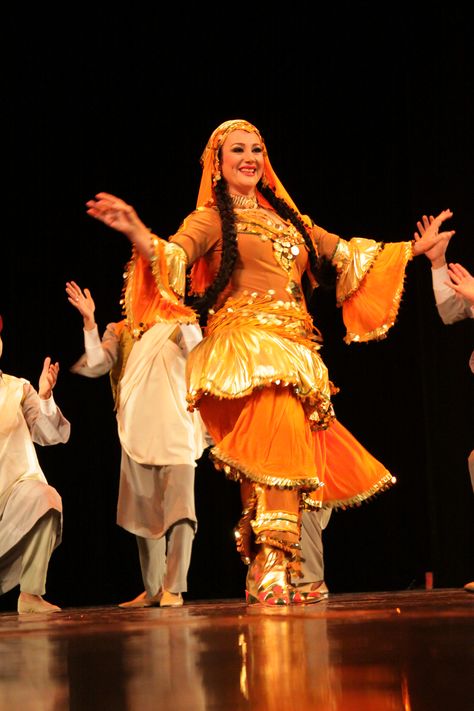

 Sadyaneh means "fun" in the Uighur language.
Sadyaneh means "fun" in the Uighur language. 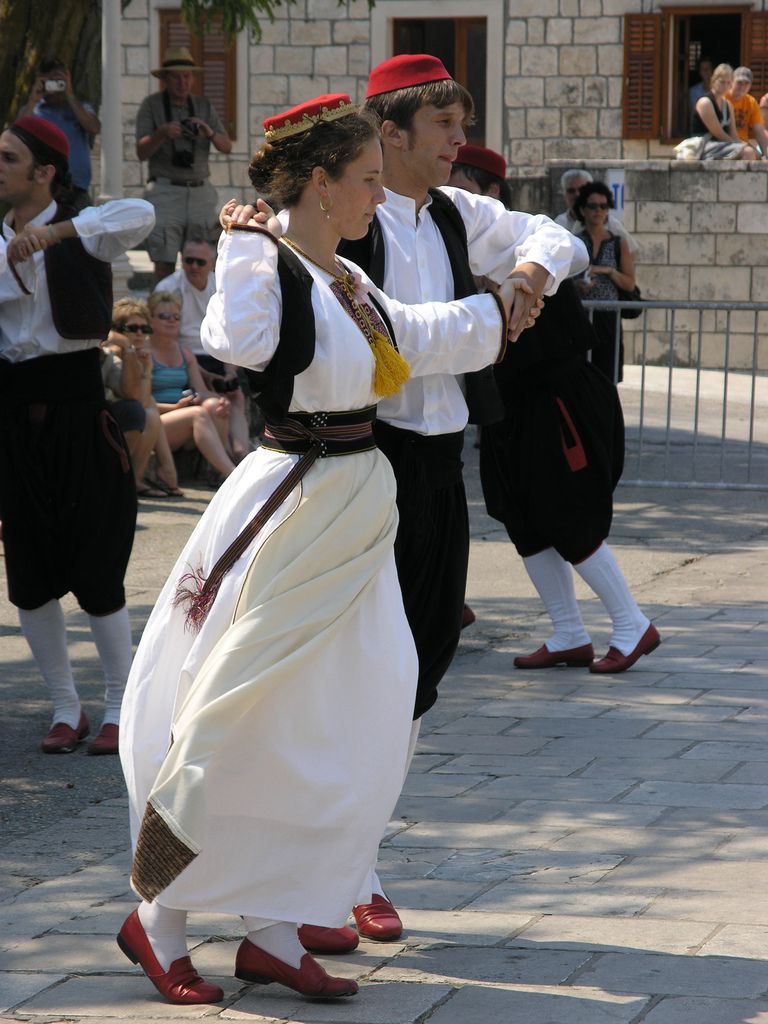 Performers dance to orchestral music and song. The content of the song has nothing to do with the dance, it only sets the tone. First, the dancers dance on their own, then, with an increase in rhythm, a gambling competition begins. The audience around to the beat of the music loudly cheers the dancers.
Performers dance to orchestral music and song. The content of the song has nothing to do with the dance, it only sets the tone. First, the dancers dance on their own, then, with an increase in rhythm, a gambling competition begins. The audience around to the beat of the music loudly cheers the dancers. 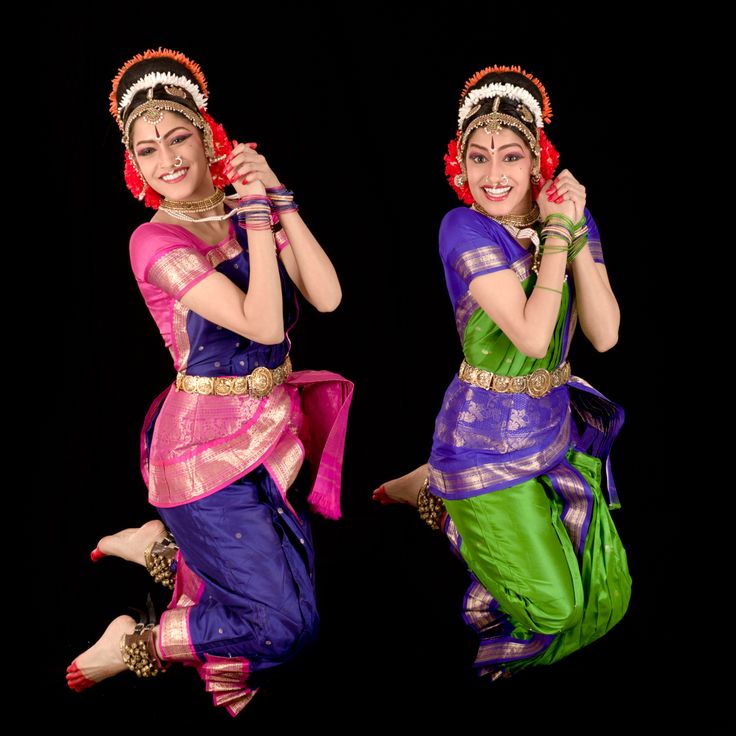
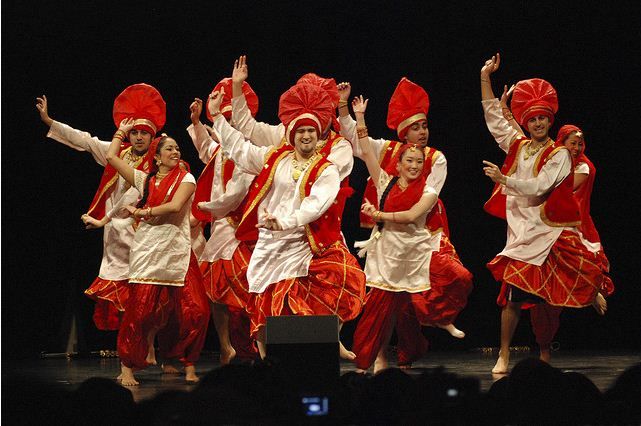 (Today stones have been replaced by steel or aluminum plates). The dance originated and spread in the Aksu, Kashgar, Shache, Hetian regions of southern Xinjiang. It is performed by men, the movements are sweeping and harsh, the sonorous staccato of stone plates, either in a fast or in a slow rhythm, plays the role of accompaniment.
(Today stones have been replaced by steel or aluminum plates). The dance originated and spread in the Aksu, Kashgar, Shache, Hetian regions of southern Xinjiang. It is performed by men, the movements are sweeping and harsh, the sonorous staccato of stone plates, either in a fast or in a slow rhythm, plays the role of accompaniment. 